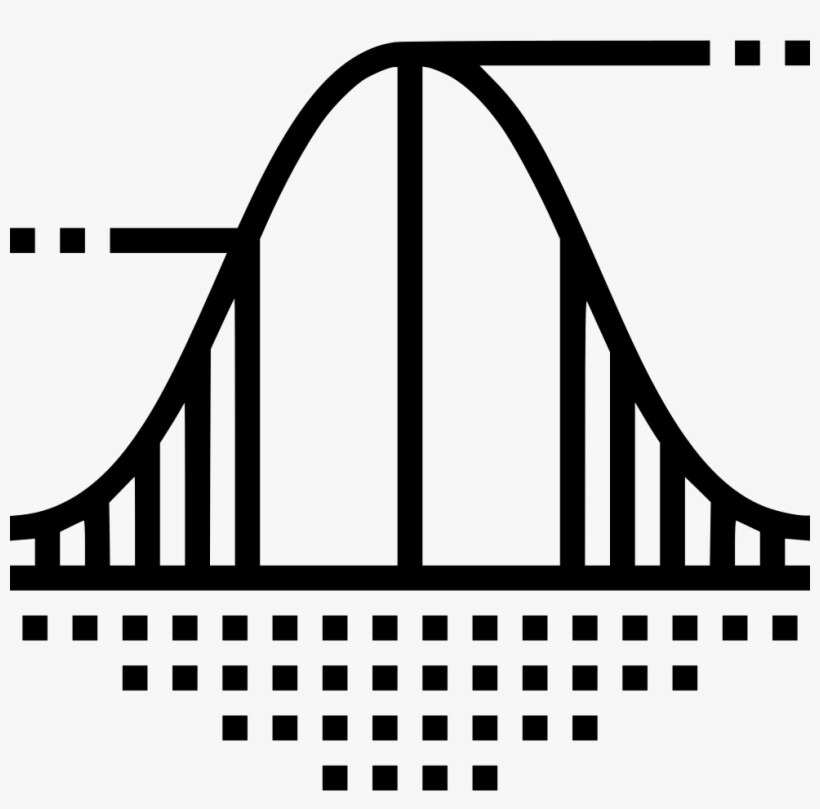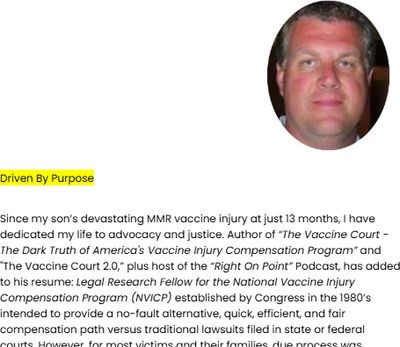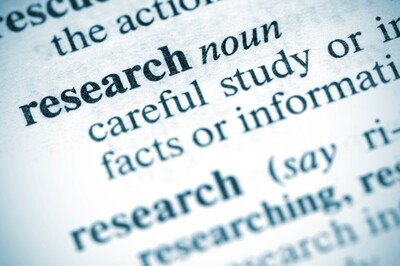Applied Biostatistics - Analytics 200
Applied Biostatistics - Analytics 200
IPAK-EDU Analytics 200
Applied Biostatistics
Instructors: Matthew Buns, PhD and James Lyons-Weiler, PhD
In this course, you will be introduced to the principles and practice of inferential statistics in action, including key principles of distributional assumptions, random samples, randomization, parametric and non-parametric statistical hypothesis testing, statistical power, measuring association & correlation, comparing means between two and among two or more populations, and introductory regression theory and practice.
All lectures will have in-class/take-home exercise conducted in spreadsheets.Upon completion of this course will be able to know the difference between descriptive statistical analysis perform statistical hypothesis testing in a variety of settings and be able to critique the use of specific approaches to hypothesis testing in published studies.
Recommended book(s): There are many books that make statistical analysis accessible.A few I recommend, in increasing sophistication
-Statistics For Dummies
-Research Methods and Statistics in Psychology (SAGE Foundations of Psychology series)
-A Concise Course in Statistical Inference
Also – How to Lie with Statistics
No book is need for this course; for each lecture, I’ll also send a list of links for readings online that will be useful.
Topic/Concepts
1. Measures of Central Tendency
distributions
mean, median, mode
central limit theorem, i.i.d.
Chebychev's theorem
2. Sampling a Population
Why random sampling is important
Measures of skew
Measures of normality
Random error and bias
Homework 1: Learn how to Randomly select 100 values from 1,000 numbers in Excel
3. Hypothesis testing 1- Means.
Randomization/Permutation testing - difference of means
Homework
3a: Calculate the means of two samples
3b: Randomize the data between groups and re-calculate the mean 10,000 times
concept: alpha (e.g., 0.05)
Example 1: Means ARE different @ a = 0.05
Example 2: Means ARE NOT different @ a = 0.05
4. Parametric hypothesis testing - t-test
Assumptions and testing assumptions
Concepts: p-values, relation to alpha, independent and dependent variables
Homework 4
Testing the hypothesis of different means w/the t-test
Example 1: Means ARE different @ a = 0.05
Example 2: Means ARE NOT different @ a = 0.05
5. Hypothesis testing 2 - Categorical data (counts)
Chi-square
Fisher's exact test
Homework 5
Categorical data example 1
6. Statistical power
Concepts: Effect size, sample size, alpha, intrinsic power of a test
Homework 6: calculate statistical power for the t-test, two populations
7. Measuring correlations 1
Linear models
Homework 7: Calculation the correlation coefficient
8. Non-parametric tests
Spearman rank correlation
Homework 8: Perform a spearman rank correlation calculation
9. Application - Comparison of means
Student challenge - Choose 2 of 5 example data sets and choose a test
Real-time, in class experience.
10. ANOVA
Analysis of Variance – measuring variation among means in multiple populations
Assumptions
Example (what to expect)
No homework
11. Application - Measuring association
Chi-Square test,
Relative Risk
Odds Ratio
Homework
Calculate Chi-Square, RR and OR given some real data
12. Application - Power curves
Empirical demonstration of robust rejection of Ho
Using a given effect size, calculate power curves over sample size range low to high
13. Application - Correlation
Find real-world examples of calculation of correlation w/available data
re-calculate correlation coefficient
14. Application - Regression models
Lecture on Regression
Independent and dependent variables again
Parameter interpretation - slope, intercept, R^2, error
Why curve-fitting is so limited in utility.
15. Summing it up - STUDENTS EVALUATE AND INTERPRET THE ANALYSIS OF A STUDY.
Read and interpret one of a list of studies
Focusing on the data analysis, interpret the results.
Did the study meet the assumptions of the analysis?
Was the study sufficiently powered?
Critique the study using what you’ve learned in this class and in past courses.





